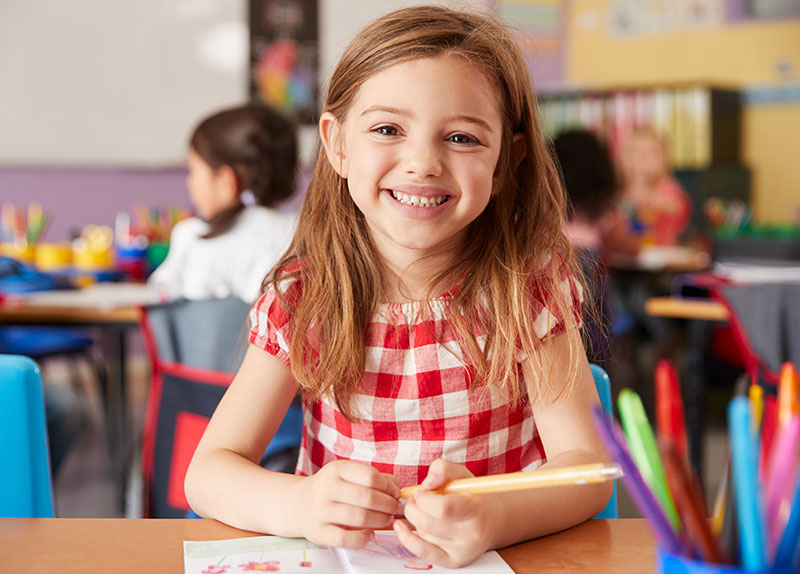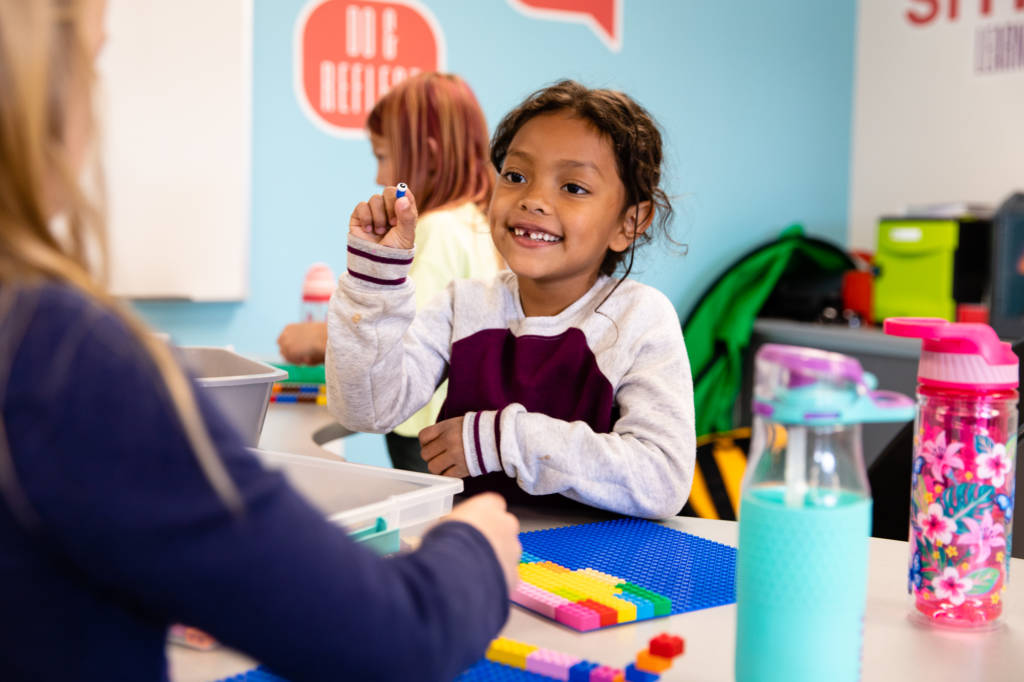Making Time to Play
When you think of play, what comes to mind?
Perhaps you recall childhood memories of playing “the floor is lava.” Maybe you reminisce about that special toy you got for Christmas that one year. Or you remember playing dress-up while wearing oversized heels and skirts raided from the closet.
The idea of “play” has been an important part of my life for as long as I can remember. I was fortunate to have a play-filled childhood—roaming around my grandparents’ backyard during holiday visits, building the most amazing structures and machines out of LEGOs, and riding my bike up and down country roads on my family’s farm.
As an adult, I’ve tried to stay engaged in playful experiences. I still enjoy exploring new places, building DUPLO towers with my son, and making an excursion down a dirt road every so often. But play has also had an impact on my personal learning and education.
One of my most impactful playful learning experiences happened in my high school calculus class. Living in rural Colorado meant small classes and only a few teachers, and Mrs. Reeves had taught us since the seventh grade. This meant she was able to experiment a little while she taught.
To mix things up, Mrs. Reeves decided to assign final grades based on two activities: A project and presentation focused on a real-world application of calculus, and designing and programming a LEGO robot to navigate between the math room to the school’s office.
That experience has stuck with me and because Mrs. Reeves let us play, I still understand how calculus can be used to model population growth and even how to keep a robot from driving into the girls’ restroom when the door opens by surprise.
Since becoming an educator myself, I love exploring the ways that play can boost a child’s motivation, increase the sticking power of learning experiences, and pave the way for connections between seemingly unrelated concepts. In my current role at Creative Learning Systems, I strive to give young people the opportunity to playfully approach real-world problems in our SmartLabs. Play is evident as students progress through each stage of the EP(D/R)S project cycle that guides students to playfully develop their own solutions:
- Explore: Students play with unfamiliar technology, resources, or concepts to discover possible applications.
- Plan: Having identified a challenge or problem to solve, students develop a project plan and SMART objective that allows them to playfully experiment with their ideas to develop a successful solution.
- Do: Students gather additional resources, often combining them in unexpected ways, and begin doing the actual project work.
- Reflect: As they progress toward their goal, students regularly reflect to monitor their work and revise their plan. Approaching unforeseen challenges playfully can help students stick with problems until they are solved.
- Share: Once the project is complete, students share what they’ve learned with their peers and authentic audiences, inspiring future possibilities for additional playful exploration.
My bookshelf houses a wide range of books focused on play and its benefits to learning and individual wellbeing. One of my favorite books is Play: How It Shapes the Brain, Opens the Imagination, and Invigorates the Soul by Stuart Brown. In it, Dr. Brown describes play as “one of the most advanced methods nature has invented to allow a complex brain to create itself.” Play is essential to forming our understanding as we grow and revitalizing our brains as we age.
Over the next few weeks, I’ll explore a few ways that making time to play fosters brain development throughout the lifespan. I’ll also address some of the challenges in making time to play as we grow older and how you can overcome those challenges to benefit fully from play—no matter your age. Join me in this exploration.
Upcoming Topics
- Child’s Play: The Role of Imaginative Play in Early Learning
- Exploratory Play: More Than Sensory Development
- Too Cool to Play? Resisting the Pressure to “Grow Up”
- Staying Young Through Lifelong Play





